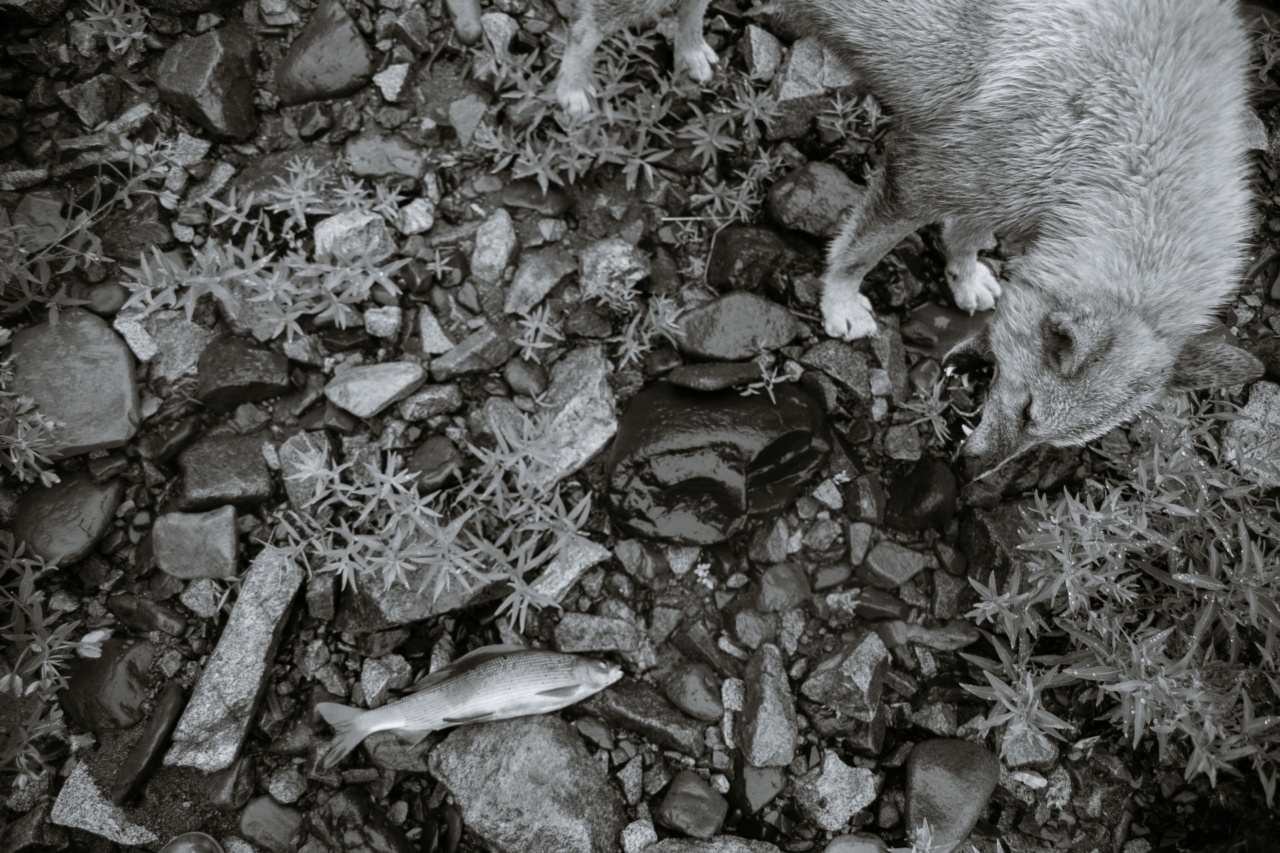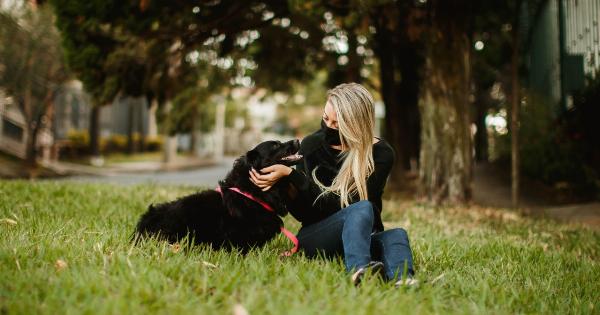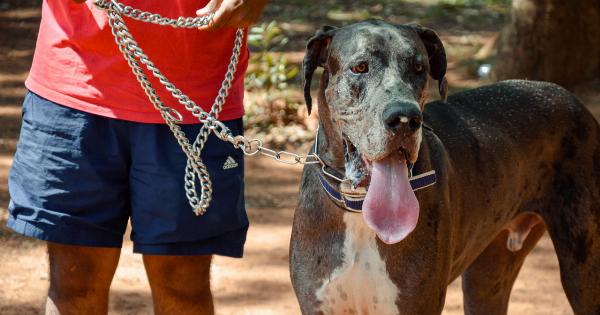It’s a common fear among dog owners—encountering an aggressive dog while walking or spending time outdoors with your beloved pet. Knowing how to protect your dog from aggressive dogs is essential for ensuring their safety and well-being.
In this article, we will provide expert advice and offer tips on dealing with and avoiding potentially dangerous situations with aggressive dogs.
Understanding Aggressive Dog Behavior
Before diving into the techniques and strategies, it’s important to understand aggression in dogs and its common triggers.
Aggressive behavior in dogs can stem from various factors, including fear, territoriality, dominance, or previous negative experiences. It’s crucial to recognize the warning signs and body language displayed by aggressive dogs to help keep your pet safe.
Recognizing Signs of Aggression in Dogs
Aggressive dogs often display various warning signs before they escalate their behavior. These signs can include growling, barking excessively, snapping, lunging, showing teeth, raised hair on the back, and a stiff body posture.
If you notice any of these signs in a dog approaching you and your pup, it’s important to take immediate action to protect your dog.
Walking Techniques to Avoid Aggressive Dogs
When walking your dog, staying alert and following specific techniques can help you avoid or minimize encounters with aggressive dogs:.
- Choose Less Popular Routes: Opt for paths and trails that are less frequented by both fellow dog owners and stray animals. This reduces the chances of crossing paths with an aggressive dog.
- Leash Your Dog Properly: Always keep your dog on a leash and ensure it is under your control. A retractable leash might be convenient, but it can decrease your control in unexpected situations.
- Create Distance: If you spot an aggressive dog in the distance, create distance between the two dogs by changing your path or turning around. It’s best to avoid the approaching dog altogether.
- Stay Calm and Confident: Dogs can sense fear and anxiety. Stay calm and confident while walking your dog, as this can help prevent unwanted attention from aggressive dogs.
Dealing with an Aggressive Dog Encounter
Despite taking preventative measures, there may still be instances where you come face-to-face with an aggressive dog. In such situations, here’s what you can do:.
- Stay Calm: Reacting with panic or fear can escalate the situation. Stay calm and composed to prevent the aggressive dog from becoming further agitated.
- Use Commands: If the dog is not showing immediate signs of aggression, try using firm and authoritative commands such as “sit” or “stay.” This can divert their attention and potentially diffuse the situation.
- Protect Your Dog: If the aggressive dog approaches, position yourself between your dog and the aggressor. Create a barrier by extending your leg or using an object (like an umbrella) to keep the aggressive dog at a distance.
- Don’t Make Eye Contact: Avoid making direct eye contact with the aggressive dog, as this can be seen as a challenge. Instead, focus on maintaining a neutral stance and keeping your dog behind you.
- Use a Deterrent: Carrying a dog deterrent spray or a loud noise-making device, like an air horn, can help deter an aggressive dog and buy you precious time to escape.
Preventing Aggression in Your Dog
While it’s essential to know how to protect your dog from aggressive dogs, it’s also crucial to prevent aggression in your own pet. Here are some steps you can take to ensure a well-behaved and non-aggressive dog:.
- Socialize Your Dog: Introduce your dog to various people, dogs, and environments from an early age. Proper socialization can reduce your dog’s fear and anxiety, which are common triggers for aggression.
- Train Your Dog: Basic obedience training is vital for instilling discipline and helping your dog understand acceptable behavior. Enroll in a training class or consult a professional dog trainer if needed.
- Spay/Neuter: Having your dog spayed or neutered can reduce their likelihood of displaying aggressive behavior, especially in territorial or dominance-related situations.
- Provide Mental and Physical Stimulation: A bored and restless dog is more likely to act out aggressively. Ensure your dog gets enough mental and physical exercise to channel their energy in positive ways.
Seeking Professional Help
If you’re struggling to manage your dog’s aggressive behavior or if you’re regularly encountering aggressive dogs, don’t hesitate to seek professional help.
Consulting with a certified dog behaviorist can provide you with tailored advice and strategies to address the issue effectively.
Final Thoughts
Ensuring the safety of your dog should always be a top priority. By understanding aggressive dog behavior, recognizing warning signs, and adopting preventative measures, you can protect your beloved pet from potential harm.
Remember to stay calm, assertive, and prepared while walking your dog, and if necessary, seek the assistance and guidance of a qualified professional. With the right knowledge and approach, you can minimize the risks of dog encounters and offer your furry friend a safe and enjoyable outing every time.































